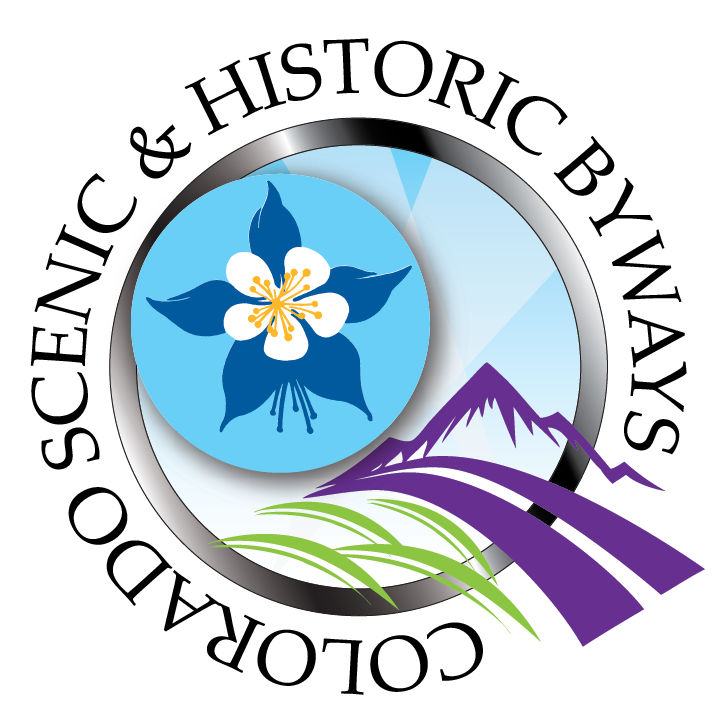Protecting Iconic Colorado Views and Critical Water Resources – Forever
Landowners:
John Gunn, C.R. Hall, Clint Packo
Partner Land Trust:
Palmer Land Conservancy
Location:
Southern Colorado
Topics: Water resource protection, wildlife habitat protection, riverbank restoration
Anyone who has driven through the quaint Park County community of Lake George has seen the spectacular views of the South Platte River along Highway 24. Given its picture-perfect location and ample recreational and fly-fishing opportunities, the area could be a prime location for building homes or subdivisions.
For years, purchasing the property – part of the historic Abell Ranch – was John Gunn’s dream every time he drove through the community. Rather than develop, however, he envisioned permanently protecting the land for the benefit of the community, the passersby and the wildlife. His vision came to fruition when he found the means to protect this iconic Front Range ranch forever.
“It would be an ideal place to put in several houses. The family could have sold it to a developer, but chose not to. ”
A conservation vision
Located in eastern Park County, the Abell Ranch consists of about 510 acres of river and homestead property near and within Lake George. The ranch is best known for its nearly three miles of the South Platte River – one of the largest privately held stretches of the South Platte River in Colorado. The 400-acre river property is outstanding open space and natural habitat for several big-game species, including elk, pronghorn deer, black bear and mountain lion. Three types of wetlands provide excellent habitat for great blue heron, bald eagles, white pelican and snowy egrets, as well as the threatened Pawnee montane skipper butterfly.
Located just down the road from the river property, the ranch’s 110-acre homestead property is a relic of the region’s agricultural history and features buildings dating back to the 1870s. Rock outcroppings and ponderosa pine woodlands form the backdrop, creating the types of scenic vistas that make Colorado famous. The property connects existing protected lands, creating a mosaic of landscapes, and is home to state and globally ranked plant species such as the Rocky Mountain Columbine.
When John envisioned purchasing the ranch from the Abell family, he had his eye on protecting the river property. “It was a great candidate for conservation and restoration,” says John, an information technologist by profession but a naturalist at heart. The riverbanks had been severely eroded. An avid fly-fisherman, John’s interest was in restoring the conditions along the river and improving the condition of the fishery.
Fortunately, the Abell family was willing to consider his wish to preserve the property. “It would be an ideal place to put in several houses. The family could have sold it to a developer, but chose not to,” John says.
“Maintaining the health of the water system is just as important as the land itself.”
A history of partnership and collaboration
John had approached Palmer Land Conservancy several years ago with his desire to protect the Abell Ranch through a conservation easement – a voluntary legal agreement to protect land in perpetuity. Using a thoughtful and deliberate approach to conservation, he had already worked with Palmer to conserve another property between Cripple Creek and Cañon City, and over the years has encouraged other area landowners to pursue conservation.
After driving past Abell Ranch for 30 years, John is finally on a path to ensure the property is protected forever. “Though it wasn’t a condition of the sale, one thing I committed to when I bought Abell Ranch was the intent to preserve it and keep it from being developed.”
For its part, Palmer will steward the ranch – monitoring it annually by walking the property with John and collecting aerial or drone imagery to ensure adherence to the conservation standards John and his partners have agreed to.
“This is a once-in-a-lifetime project that will be a part of Palmer's conservation legacy for generations to come. I am so grateful to the property's owner, John Gunn and his business associates, for conserving this special property," says Rebecca Jewett, president and CEO of Palmer Land Conservancy.
Managing river restoration and agricultural uses
The river property at Abell Ranch was historically used for agricultural production. But John, who grew up around wildlife and cattle in a small farming community, has paused agricultural activity to undertake significant restoration on the stretch of the South Platte River that runs through the acreage.
The eroded banks have caused the river to widen, creating shallower and slower water flows. Ultimately, this can lead to higher water temperatures that cannot sustain fish and the insects they need to thrive. Restoration activities on the river parcel have focused on stabilizing the banks, reducing sediment transport downstream, and improving aquatic species habitat and safe passage.
For example, strategically placed boulders create pools of deeper water where brown trout, rainbow trout and other fish can congregate. Logs and boulders help shore-up the cut banks and erodible areas to prevent erosion when the water gets higher. And small rocks placed in the river create riffles, or agitations that generate bubbles, bringing more oxygen to the fish and bugs.
Restoration work ultimately improves the entire stream – not just the stretch that flows through the property. The South Platte River, the water source for much of the Denver area, has a daily flow that ranges from 60 to 1,200 cubic feet. Such dramatic shifts in flow can exacerbate erosion and send silt downstream to be deposited at other properties. Restoring the stream and stabilizing the banks on the Abell Ranch helps prevent these impacts throughout the stream’s reach.
John and his partners intend to continue the restoration efforts and monitor the health of the fishery throughout their ownership. “Maintaining the health of the water system is just as important as the land itself,” says John.
Private lands conservation’s role in connecting landscapes
A network of preserved landscapes is necessary to adequately protect Colorado’s native species, natural resources and wildlife populations. In the case of wildlife, these populations need to be able to move freely across lands. Development pressures and physical barriers such as fences, roads and buildings restrict wildlife movement, and shrink their habitat into smaller areas. In addition to limiting access to food, water and shelter, barriers put wildlife in physical danger. Smaller spaces due to fragmentation also create breeding grounds for cross-species disease.
These challenges can contribute to human-wildlife conflict. Inadequate protection also negatively impacts water and water quality and decreases the diversity of all the components that make up a healthy ecosystem.
Conserving private properties that connect with other conserved areas and protected public lands creates broader and more resilient landscapes for nature and wildlife to thrive. Because the Abell Ranch is nestled within a significant backdrop of conserved public lands – among them Badger Flats State Trust Lands, Lost Creek Wilderness, Eleven Mile State Park, Mueller State Wildlife Area, and Spinney Mountain State Park – it contributes to a large-scale, protected landscape.
Conservation with a purpose
The Abell Ranch is part of a growing rural community in southern Colorado that is seeing an increasing influx of people. Naturally, this means more people who want to get out onto the land and enjoy it. But not all landscapes are appropriate for public access, especially when they are conserved for the purpose of protecting open space and natural habitat.
This is the case with the Abell Ranch. While the river property is available for guided fly-fishing trips and privately hosted events, public access is otherwise limited to protect the land’s natural qualities and reduce human impact. Conserving the property nonetheless benefits the public through scenic vistas, water and air quality, healthy habitat, carbon sequestration, pollination services and stormwater management.
“Private landowners are key to protecting working lands, open spaces, and scenic vistas – many of the reasons why we love southern Colorado – today and for future generations. We can’t do this important work without them.”
Produced in partnership:
The inner workings of conservation funding
Placing an easement is not without its costs. Two financial tools make the Abell Ranch project feasible. One is the recent state tax credit legislation that makes landowners eligible to receive up to 90 percent of the value of a donated easement. The other is a grant Palmer Land Conservancy received from Keep It Colorado – thanks to generous investments from Great Outdoors Colorado (GOCO) – to help John cover the steep costs of the transaction, such as the appraisal, the baseline documentation and surveys.
Together, these two opportunities allowed John and his partners to move forward with donating a conservation easement – protecting Abell Ranch and three miles of the South Platte River and scenic open space for people and nature, forever.

















